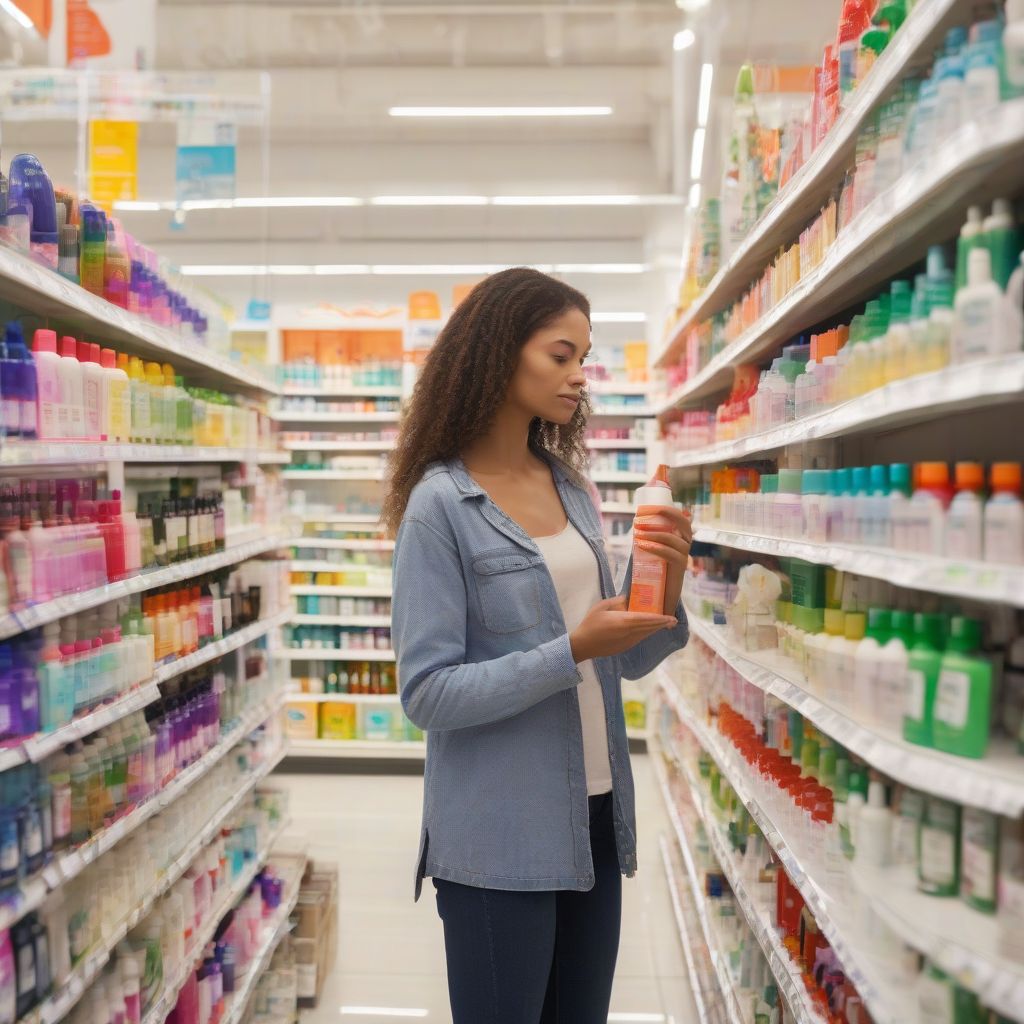Ever walked down the cleaning aisle and felt overwhelmed by the sheer number of products, each promising a sparkling clean? Or perhaps you’ve scanned the ingredients list on your favorite lotion and wondered what exactly those long, chemical-sounding names actually are. You’re not alone! Many of us are becoming increasingly conscious of what we put on our bodies and in our homes, leading to a growing interest in natural personal care and cleaning products. This guide will empower you to navigate this world with confidence, helping you choose the best products for your health and well-being.
Understanding the Need for Natural Products
Conventional personal care and cleaning products often contain a cocktail of synthetic chemicals, some of which have been linked to potential health concerns. These can range from skin irritations and allergies to more serious issues like hormone disruption and even certain cancers. Choosing natural alternatives can minimize your exposure to these potentially harmful substances, creating a healthier environment for you and your family.
Decoding the Label: What to Look For and What to Avoid
Navigating product labels can feel like deciphering a secret code. But don’t worry, it’s easier than you think! Here’s a cheat sheet to help you identify truly natural products:
Ingredients to Embrace:
- Plant-based ingredients: Look for names you recognize, like aloe vera, coconut oil, and essential oils. These natural powerhouses offer a range of benefits without the synthetic baggage.
- Certifications: Seek out certifications like USDA Organic, EcoCert, or Leaping Bunny, which indicate that the product meets specific standards for natural ingredients and ethical practices.
- Simple formulations: Often, the fewer ingredients, the better. A shorter list usually means fewer synthetic additives.
Ingredients to Avoid:
- Parabens: These preservatives have been linked to hormone disruption. Look out for variations like methylparaben, propylparaben, and butylparaben.
- Phthalates: Often hidden under the term “fragrance,” phthalates are another group of endocrine disruptors.
- Sodium Lauryl Sulfate (SLS) and Sodium Laureth Sulfate (SLES): These harsh surfactants can strip your skin and hair of their natural oils, leading to dryness and irritation.
- Synthetic fragrances: These can be a catch-all for hundreds of undisclosed chemicals, some of which can trigger allergies and respiratory problems.
- Triclosan: This antibacterial agent has been linked to antibiotic resistance and hormone disruption.
Choosing Natural Personal Care Products
From shampoo and soap to lotion and makeup, every personal care product has natural alternatives. Here’s what to consider:
Skin Care:
Opt for cleansers, moisturizers, and serums made with plant-based oils, butters, and extracts. Look for products specifically formulated for your skin type, whether it’s dry, oily, or sensitive.
Hair Care:
Natural shampoos and conditioners often utilize gentle cleansing agents derived from coconut or other plant sources. Avoid silicones, which can build up on the hair and lead to dryness.
Makeup:
Mineral makeup is a great natural option, free of synthetic dyes and fragrances. Look for brands that prioritize natural ingredients and sustainable packaging.
“Invest in your skin. It is going to represent you for a very long time.” – Linden Tyler
Choosing Natural Cleaning Products
Creating a healthy home environment goes hand-in-hand with choosing natural cleaning products. Here’s a guide to help you make the switch:
All-Purpose Cleaners:
Vinegar and baking soda are natural cleaning powerhouses. Combine them with water and essential oils for a versatile and effective all-purpose cleaner.
Laundry Detergent:
Look for plant-based detergents free of synthetic fragrances and dyes. Consider using soap nuts or washing soda for a truly natural approach.
Dish Soap:
Choose dish soaps made with plant-derived surfactants and avoid those containing phosphates and chlorine bleach.
Making Informed Choices: Research and Resources
Don’t be afraid to do your research! Websites like the Environmental Working Group (EWG) offer valuable resources and databases to help you evaluate the safety of different ingredients. Reading reviews and comparing products can also help you make informed decisions.
 Choosing Natural Personal Care Products
Choosing Natural Personal Care Products
Embracing a Natural Lifestyle: Beyond Products
Switching to natural products is a fantastic step, but it’s just one piece of the puzzle. Embracing a holistic approach to wellness, including a healthy diet, regular exercise, and stress management, can further enhance your overall health and well-being. Consider exploring the connection between self-care and natural living further on our blog: Self-Care and Natural Living
Conclusion
Choosing natural personal care and cleaning products can be empowering. By understanding what to look for and what to avoid, you can create a healthier environment for yourself and your loved ones. Remember, small changes can make a big difference. Start by swapping out one or two conventional products for natural alternatives and gradually transition to a more natural lifestyle. We encourage you to share your experiences and tips in the comments below! What are your favorite natural product discoveries? Let’s learn from each other and build a community of conscious consumers.



